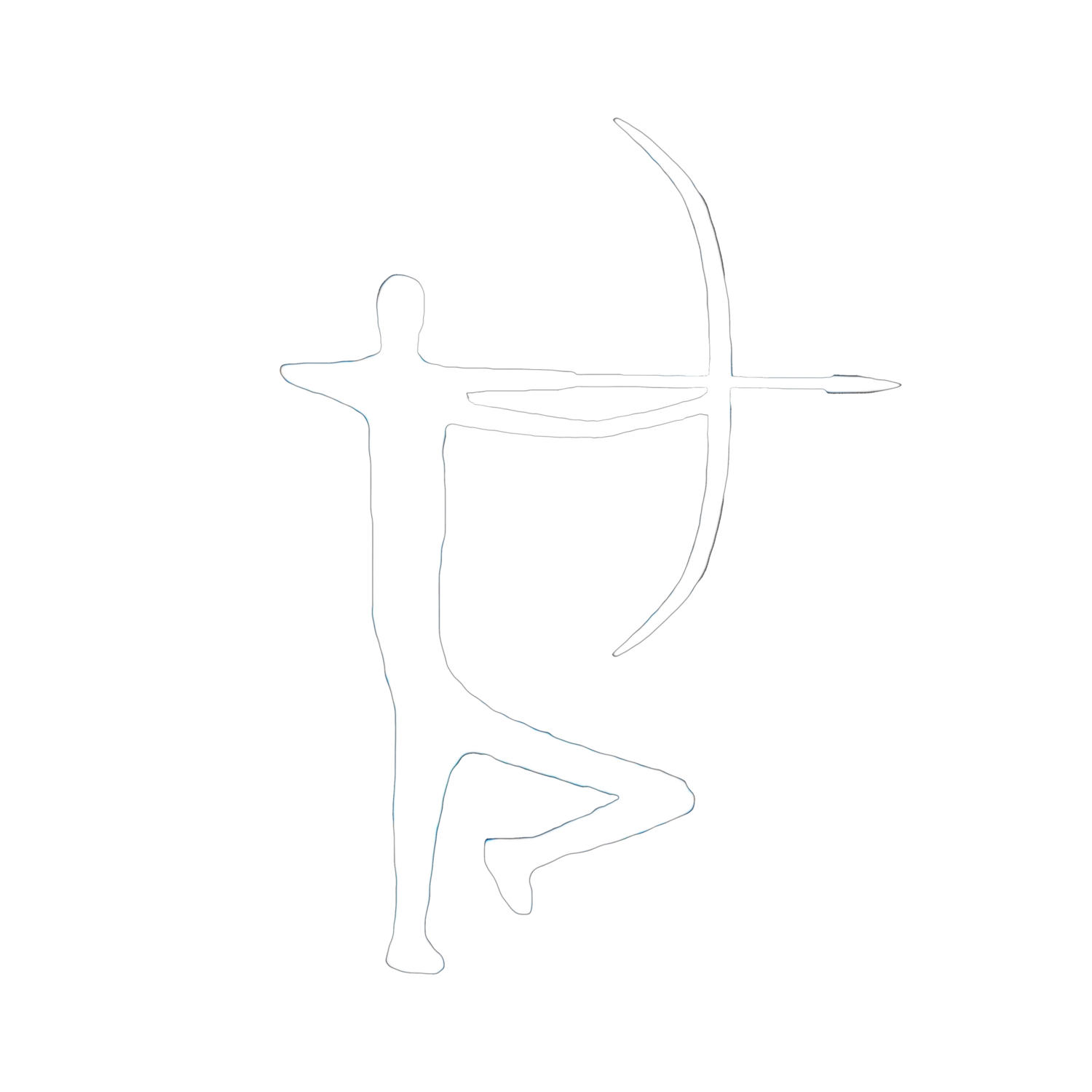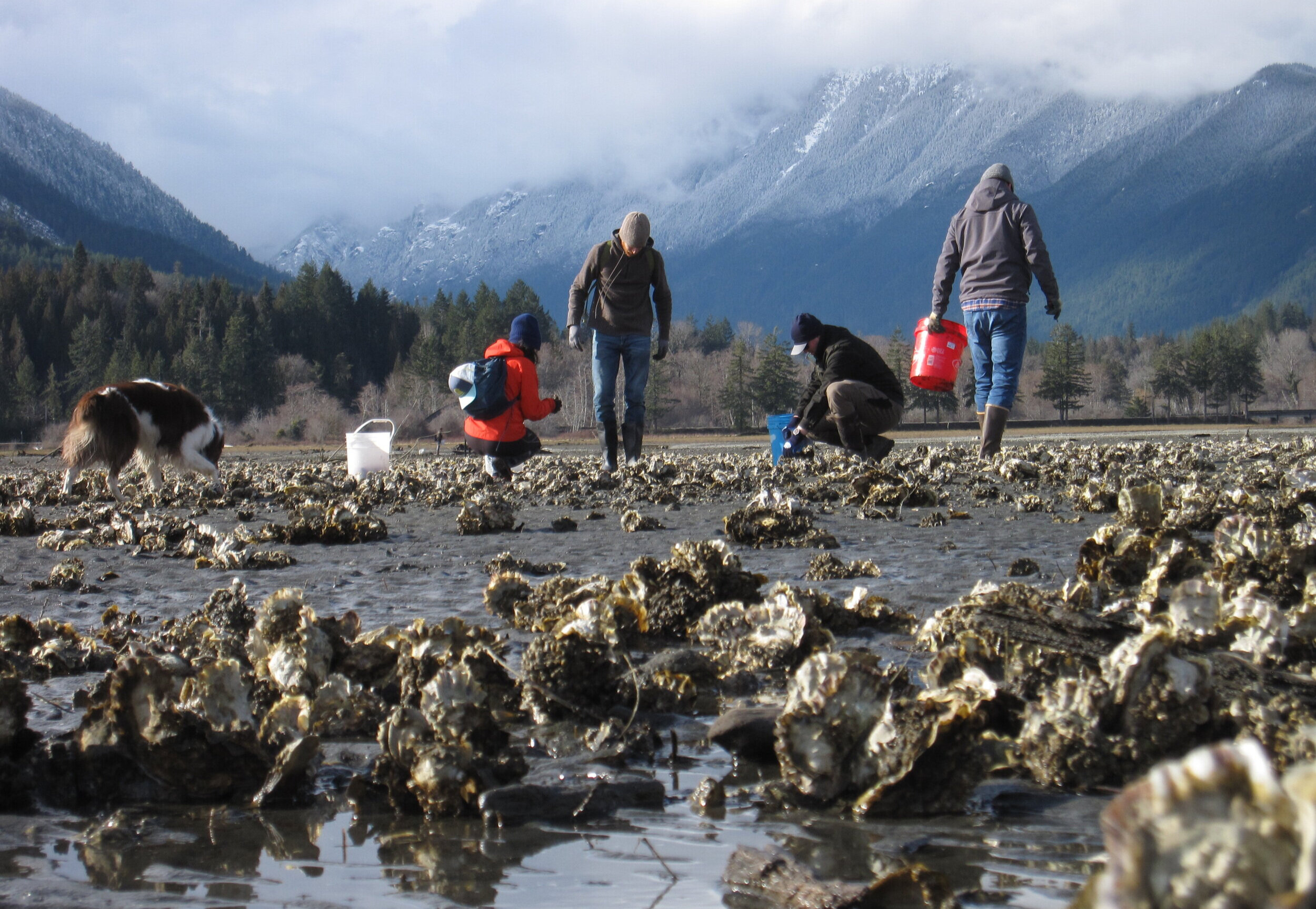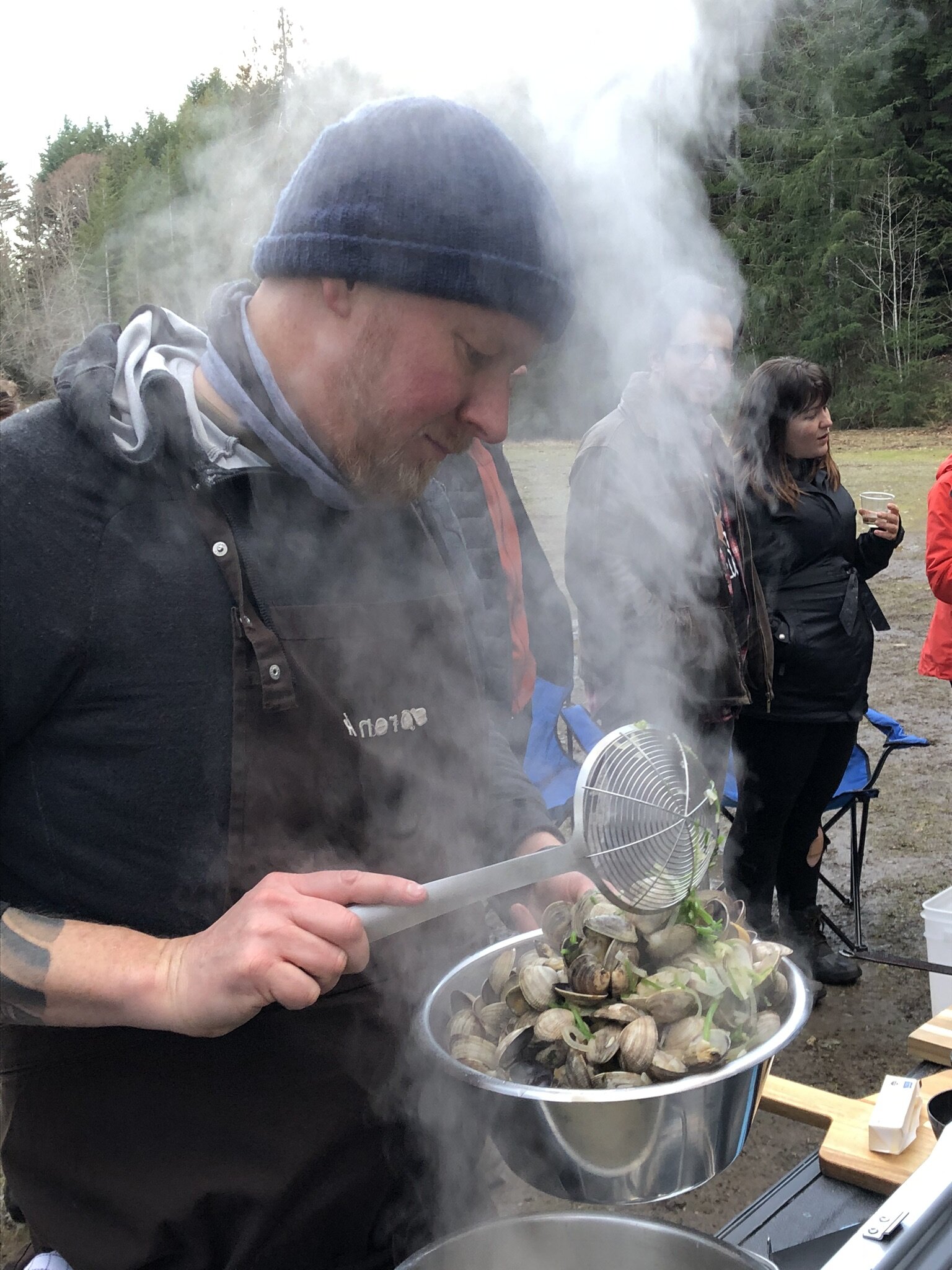
Planning and Preparing for a Shellfish Forage
How to Plan
Where to go
Start with this interactive map to see what is open for health and safety. Click on a beach to get more info and links to WDFW seasons to ensure that it is legal to dig. Just because it’s open for health reasons does not mean it’s open season. Each beach is different.
When to go
Each beach varies as to how low the tide needs to be to expose the clam and oyster beds. A +2’ low tide (preferably during daylight hours) is the threshold for several beaches. A +2’ may only give you a short window before the tide floods; a +1’ or a 0’ will give you a longer window to forage. Check tides here. And check WDFW for their annual “Best clam and oyster harvest tides” chart.
Regulations
Know the species rules: size and quantity limits and how to identify the various types of clams.
License
Find out who needs a license, what it costs, and how to purchase it. Options are 1-day and annual shellfish, or 1-day and annual combo fishing. License year runs from April 1 - March 31 each year.
Health Considerations
Pay attention to the DOH information associated with each beach. They check water quality daily and will indicate if a beach is closed for health reasons.
What To Bring
Clothing & Equipment
Bucket (doubles as a stool)
Clam net (used produce net works great)
Clam gauge for measuring
Cultivator rake or long handled, or similar
Oyster knife 3 - 4 in. for larger oysters
Rubber-palmed (or leather) gardening gloves or cloth rag for shucking sharp oysters. Or cut resistant shucking gloves.
Water-tight container for oyster meat (16 -24 oz.)
Rubber boots or water shoes (for wading through shin-high water)
Layers appropriate for weather (and wind chill)
Cooler with ice for oyster meat
Additional Recommendations
Small backpack (short walk to the tide flats)
Water bottle
Headlamp
See our Shellfishing course page for additional resources and recommendations for transporting and cooking steamers and oysters.
Note: By clicking on a link to suggested gear at Amazon, we receive a small percentage of sales at no extra cost to you. This helps build our program and scholarship fund. Thank you.











